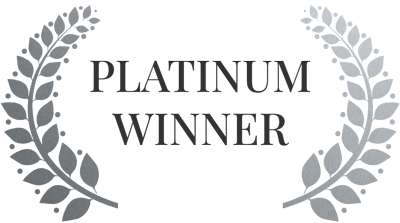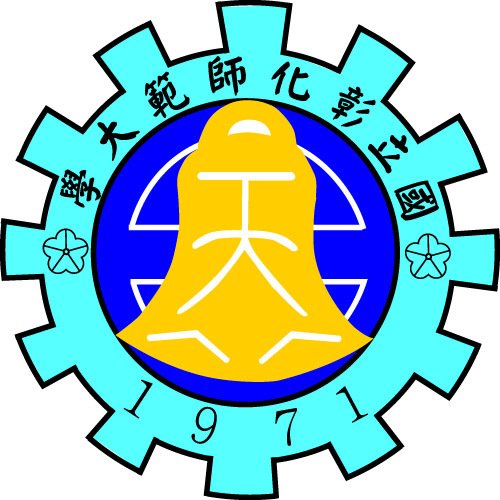Mazu Pilgrimage

Audio & Video
Best Animation & Motion Graphics
Completed / Built / Professional

Architect / Designer:
Studio:
Country:
Mazu Pilgrimage Depicted with Oracle Bone Script
Overview of Mazu Pilgrimage
What is “Mazu Pilgrimage”? The “Mazu Pilgrimage” is an annual event in honor of Mazu, the Chinese sea goddess who is believed to protect fishermen and sailors. This pilgrimage involves a series of rituals, parades, and celebrations, where a statue of Mazu is carried in a palanquin through various towns and villages.
Creative Concept for Animating Mazu Pilgrimage Using Oracle Bone Script
Creating an animation that combines the ancient art of oracle bone script with the vibrant cultural event of the Mazu Pilgrimage can be both visually stunning and deeply meaningful. Here is a detailed concept for such an animation:
1. Concept Overview
The animation will depict the Mazu Pilgrimage through the lens of oracle bone script, transforming ancient Chinese characters into dynamic elements that tell the story of this traditional event. By using the oldest known Chinese script, the animation will connect the ancient past with contemporary cultural practices, highlighting the continuity of Chinese heritage.
2. Visual Style
• Oracle Bone Script: The primary visual style will use oracle bone script characters, which will be creatively transformed into various elements of the Mazu Pilgrimage. For example, characters representing “boat,” “sea,” “procession,” and “goddess” will morph into the respective visuals.
• Minimalist and Elegant: The animation will maintain a minimalist aesthetic, focusing on the elegant strokes of the oracle bone script. The background can be subtle, allowing the characters and their transformations to stand out.
3. Narrative Structure
• Introduction: The animation opens with the oracle bone script character for “goddess” (女神) transforming into a serene image of Mazu, setting the divine tone.
• Historical Context: Characters for “ancient” (古) and “sea” (海) will illustrate the historical background of Mazu worship, showing how fishermen and sailors have revered her for centuries.
• Procession Elements: Key elements of the pilgrimage, such as the palanquin (轎), drums (鼓), and lion dance (獅子舞), will be depicted using oracle bone characters that morph into animated sequences of these elements in action.
• Community Involvement: Characters representing “people” (人) and “celebration” (祭) will transform into scenes of community members participating in the pilgrimage, highlighting the collective nature of the event.
• Climax: The climax of the animation will show the oracle bone character for “blessing” (福) morphing into an image of Mazu blessing the participants, emphasizing the spiritual significance of the event.
Conclusion
The animation concludes with characters for “tradition” (傳統) and “future” (未來), symbolizing the ongoing importance of the Mazu Pilgrimage and its preservation for future generations.

NATIONAL CHANGHUA UNIVERSITY OF EDUCATION
NATIONAL CHANGHUA UNIVERSITY OF EDUCATION
DEPARTMENT OF FINE ARTS




